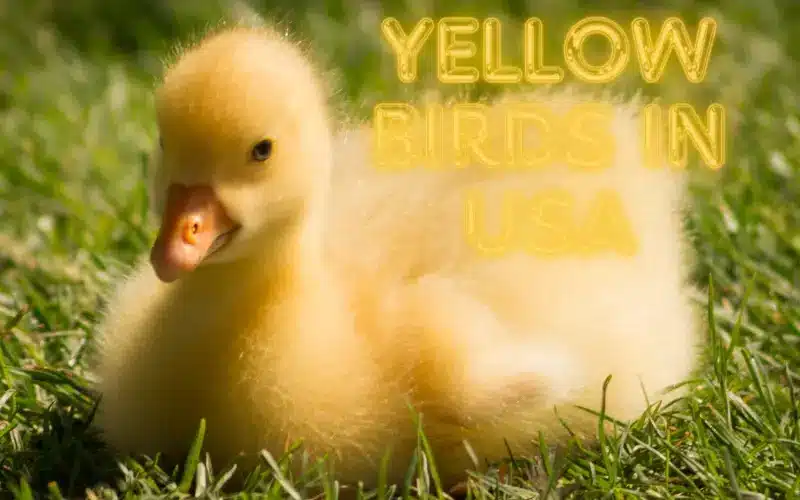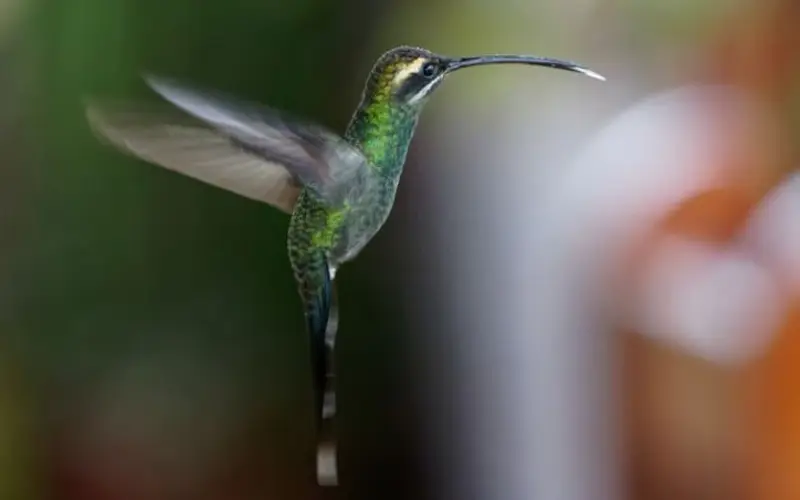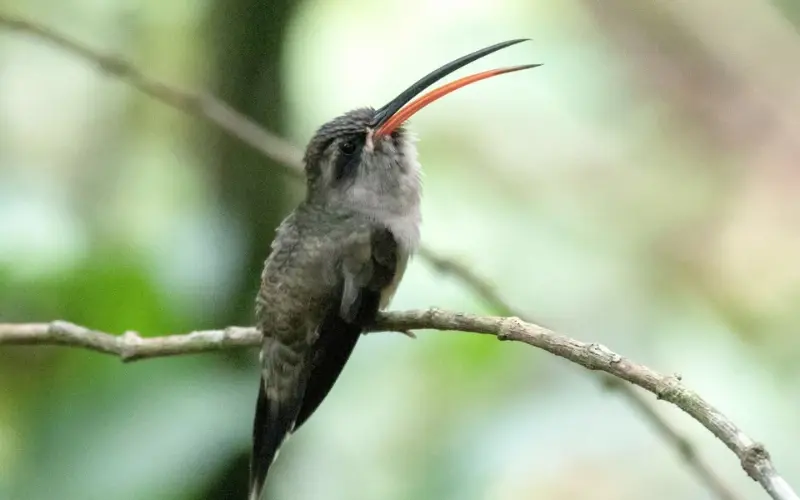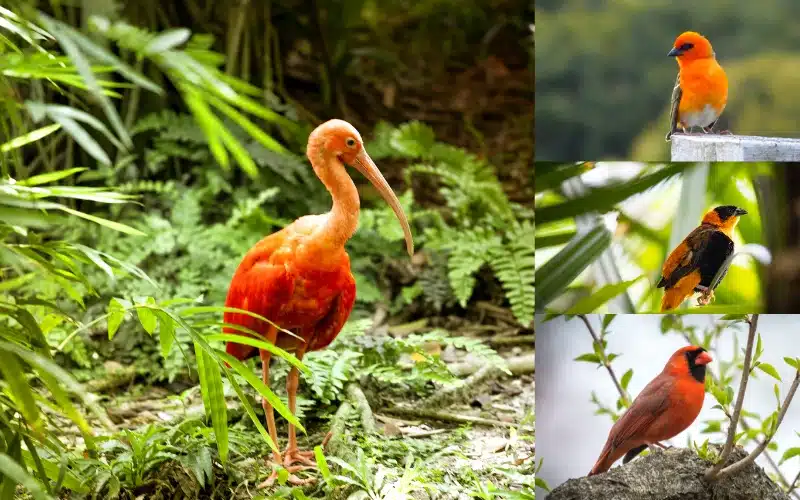The common blackbird, scientifically known as Turdus merula, is a bird you’ll often spot across Europe, Asia, and North Africa. With its sleek black feathers and sweet melodies, it’s a regular in gardens, parks, and wooded areas, charming us with its looks and songs.
Where They Live Common Blackbird
These common blackbirds are pretty adaptable and happy in forests, parks, gardens, and even towns. You can find them all over Europe, from Spain to Russia, and in parts of Asia and North Africa too.
What They Look Like
Guys are all black, while girls are a bit lighter with streaky bellies. Both have bright yellow rings around their eyes, which stand out against their dark feathers. Their beaks are slender and pointy, perfect for poking around in the dirt for bugs or picking berries.
Their Moods and Tunes
Blackbirds are quite the singers, especially during breeding time. The guys like to show off with their flute-like calls to mark their territory and woo the ladies. They’ve got quite the playlist, with whistles, trills, and even bits from other bird songs mixed in.
What They Eat
These birds are not picky eaters. They’ll munch on insects, worms, berries, fruits, seeds, and grains. They do most of their foraging on the ground, using their sharp beaks to dig up snacks from the soil or pluck goodies from low-hanging branches.
Family Matters
When it’s time to start a family, male blackbirds strut their stuff, showing off to impress potential mates. The ladies build cozy nests of grass, twigs, and leaves, usually hidden away in bushes or thick foliage. Mom sits on the eggs while Dad keeps watch and brings food for everyone.
Keeping Them Safe
Luckily, these blackbirds aren’t in too much trouble, but they still face dangers like losing their homes to cities and farms, pollution, and other animals looking for a meal. People are working to keep their habitats safe and reduce things like pesticides that can harm them.
The Wrap-Up
The common blackbird is a real gem, adding a touch of beauty and melody to our surroundings. By looking out for them and protecting where they live, we can make sure these charming birds stick around for generations to come.














